Aloe melanacantha var. erinacea
Aloe melanacantha var erinacea, also known as Aloe erinacea, is a rare and highly sought-after succulent native to southern Africa. This plant is admired for its striking appearance, particularly its sharp black spines, which give it a dramatic and unique look. It is well-suited to dry, arid environments, making it a popular choice for collectors of rare succulents and xeriscape gardeners.
Key Characteristics:
- Scientific Name: Aloe melanacantha var erinacea
- Common Name: Aloe erinacea
- Family: Asphodelaceae
- Type: Perennial succulent
Appearance:
- Rosette:
- Aloe erinacea forms a dense rosette of thick, fleshy leaves. The leaves are typically grayish-green or bluish-green, though their color may change slightly depending on sun exposure and water levels.
- Spines:
- One of the most distinguishing features of this aloe is its prominent, sharp black spines that line the edges and tips of the leaves. These spines are what give the plant its distinct, armored appearance.
- Size:
- This aloe species remains relatively small, with rosettes growing up to 12 inches (30 cm) in diameter and reaching a height of about 8-10 inches (20-25 cm).
- Flowers:
- Aloe erinacea produces tall flower spikes, or inflorescences, during the blooming season (usually winter to spring). The flowers are tubular, bright orange or red, and attract pollinators like birds and insects.
Growing Conditions: for Aloe melanacantha var erinacea
- Light:
- Aloe erinacea thrives in full sunlight. It requires at least 6-8 hours of direct sunlight daily to maintain its compact form and healthy coloration. It can tolerate partial shade, but too much shade may cause the plant to elongate and lose its characteristic appearance.
- Soil:
- The plant prefers well-draining, sandy, or gritty soil. A cactus or succulent potting mix is ideal. Good drainage is essential to prevent root rot, which aloes are susceptible to.
- Watering:
- Aloe erinacea is drought-tolerant and should be watered sparingly. During the growing season (spring and summer), water deeply but allow the soil to dry out completely between waterings. In the winter, reduce watering even more as the plant enters a semi-dormant state.
- Temperature:
- This aloe thrives in warm, arid conditions and can tolerate high temperatures, but it should be protected from frost. It prefers temperatures between 65-85°F (18-29°C). In areas where frost is common, Aloe erinacea should be grown in containers that can be moved indoors during colder months.
Propagation: of Aloe melanacantha var erinacea
- Offsets:
- Aloe melanacantha var erinacea can produce offsets (pups) around the base of the mother plant. These can be carefully removed and planted in separate pots once they have developed a good root system.
- Seeds:
- The plant can also be propagated from seeds, though this method takes significantly longer. Sow seeds in a well-draining mix and keep them in a warm, sunny spot.
Care and Maintenance: of Aloe melanacantha var erinacea
- Fertilization:
- Fertilize sparingly with a balanced, diluted cactus or succulent fertilizer during the growing season. Avoid fertilizing during the dormant winter months.
- Pruning:
- Pruning is generally unnecessary, but dead or damaged leaves can be removed to keep the plant looking tidy.
- Pest Resistance:
- Aloe erinacea is generally pest-resistant, but it can occasionally suffer from common succulent pests like mealybugs or aphids. Inspect the plant regularly and treat infestations with insecticidal soap or neem oil.
Special Considerations:
- Xeriscaping:
- Due to its drought tolerance, Aloe erinacea is ideal for xeriscaping and low-water gardens. It can be planted alongside other desert-adapted plants like cacti and agaves to create a striking landscape.
- Slow Growth:
- Aloe melanacantha var erinacea is a slow-growing plant, which makes it highly prized among collectors. Patience is needed when growing this species from seed or waiting for pups to develop.
Summary:
Aloe melanacantha var erinacea is a rare and visually stunning succulent with its black spines and compact rosette form. It is a low-maintenance plant that thrives in well-draining soil, full sun, and dry conditions, making it ideal for succulent collectors, xeriscape gardens, or indoor plant enthusiasts. This slow-growing aloe species adds a striking, architectural element to any plant collection, with its bold appearance and resilience in arid environments.

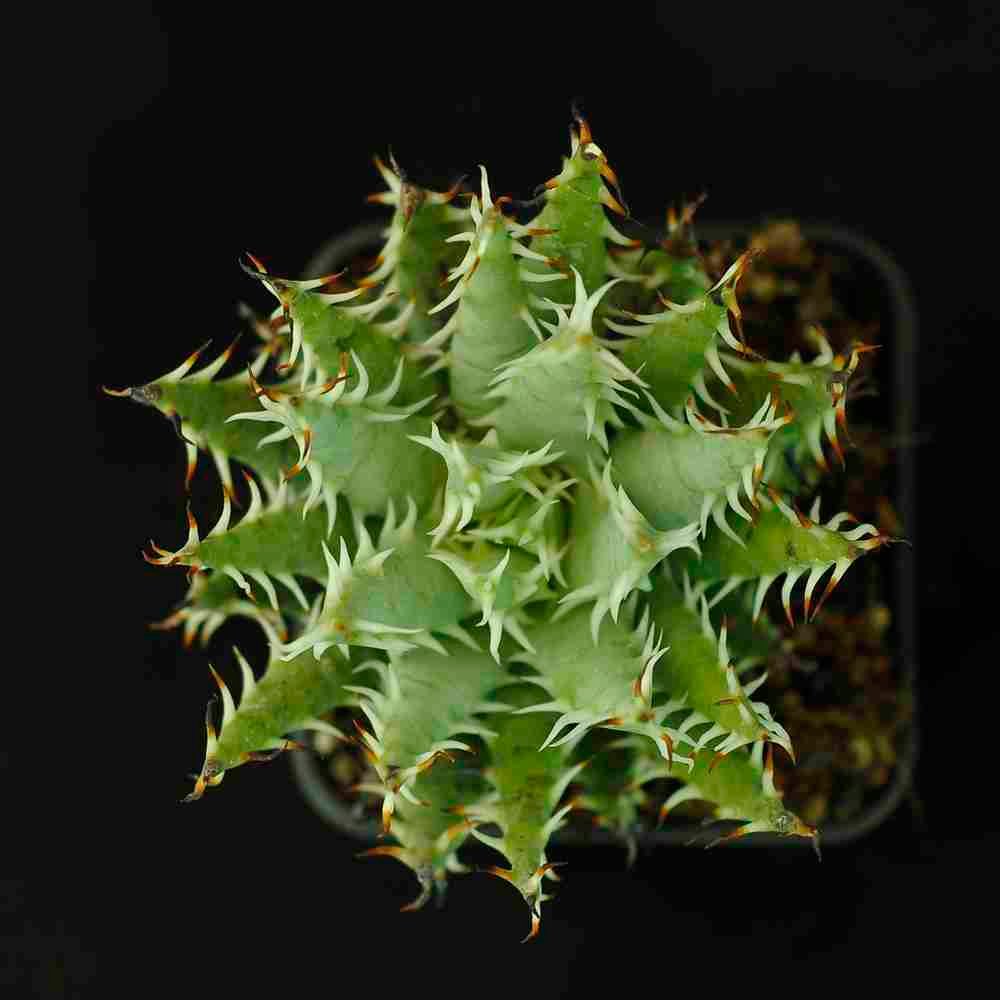
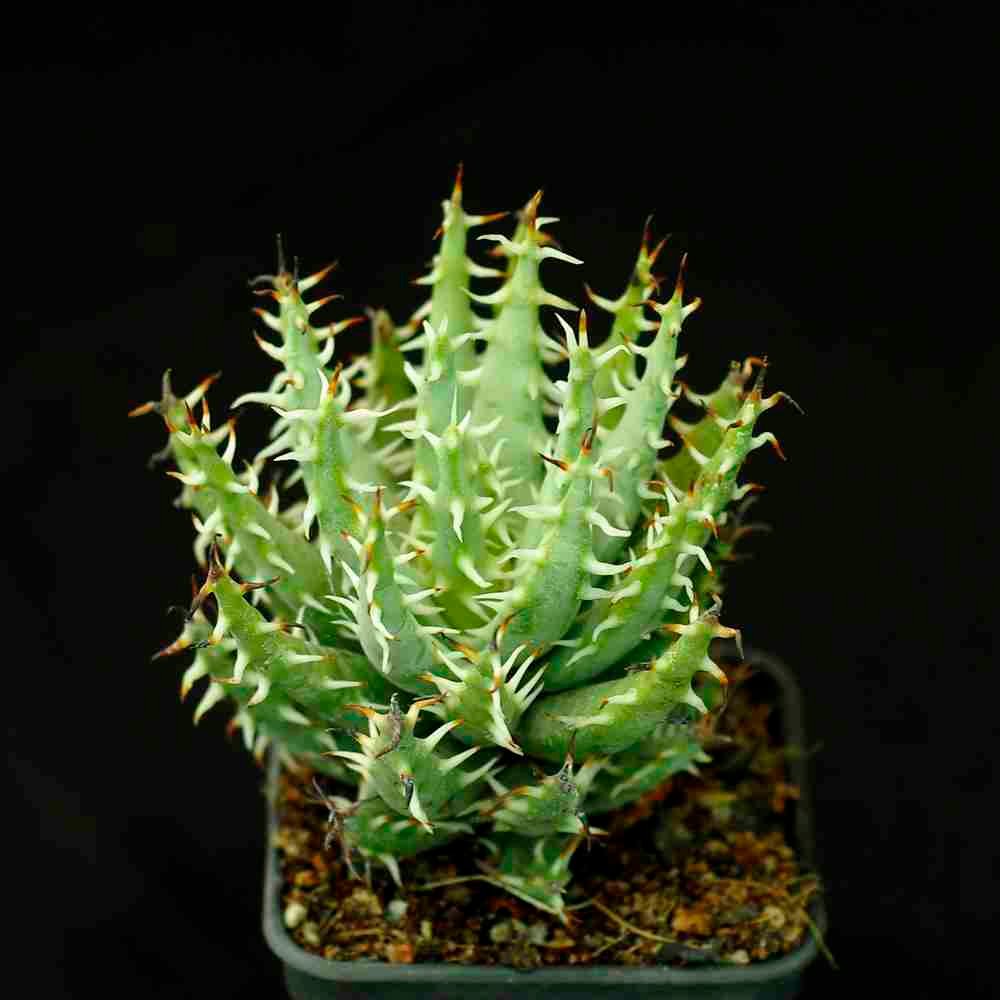
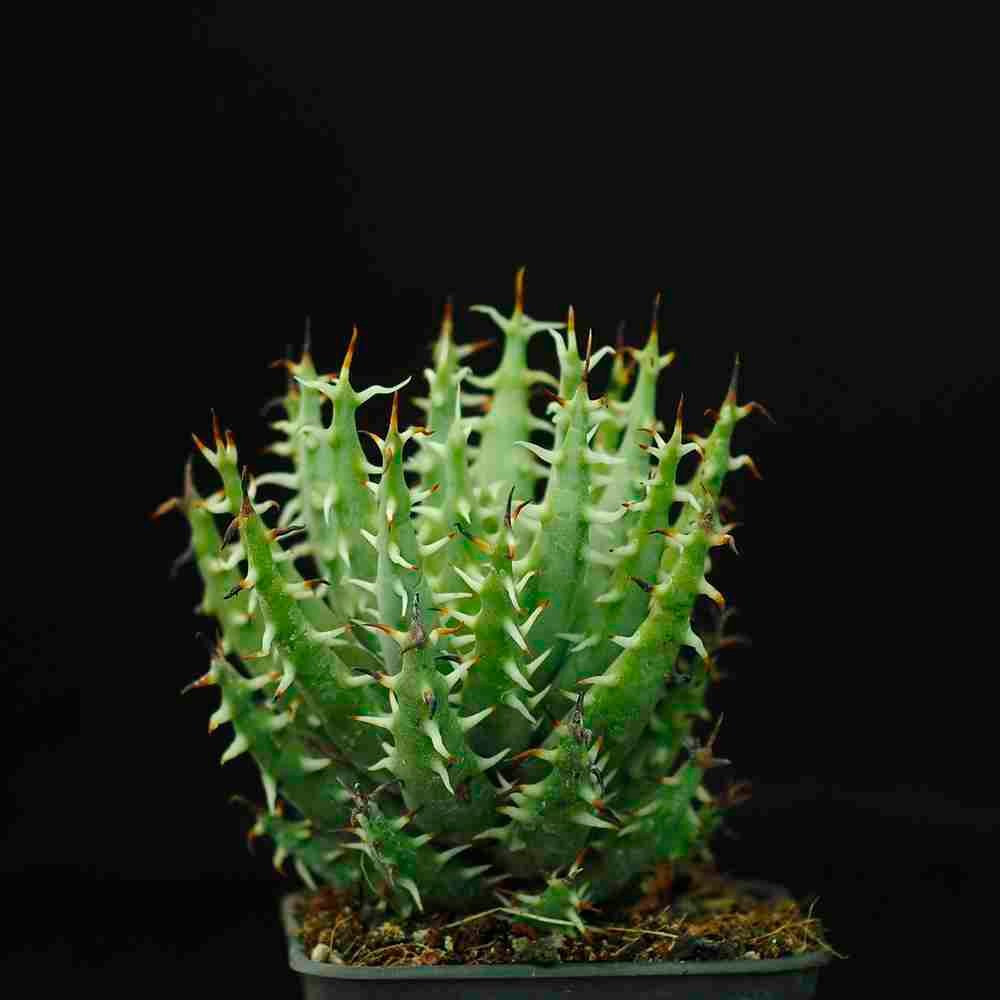
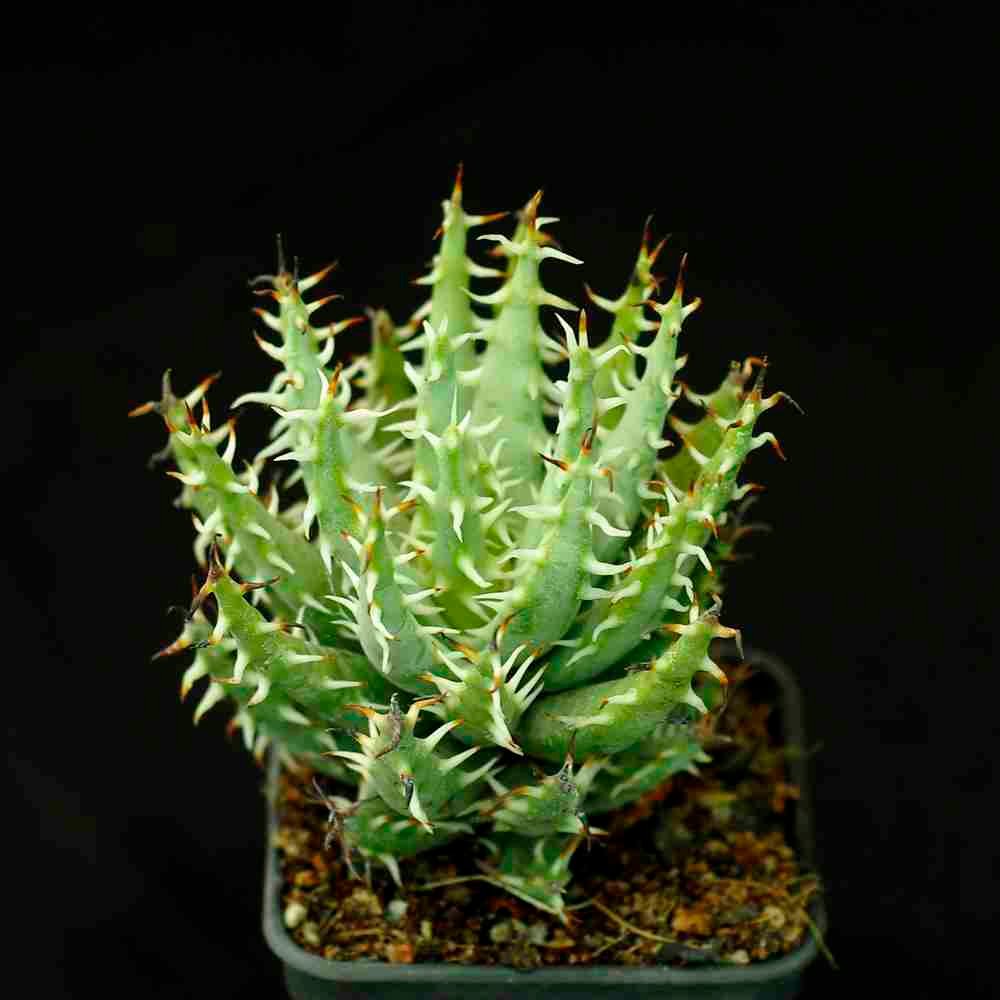
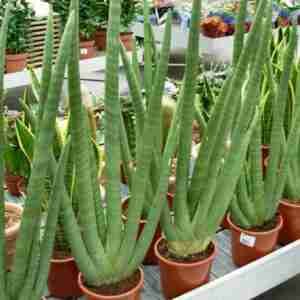
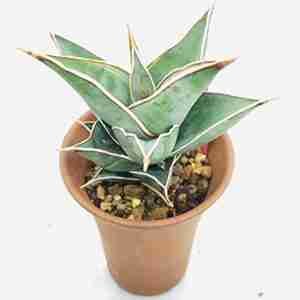
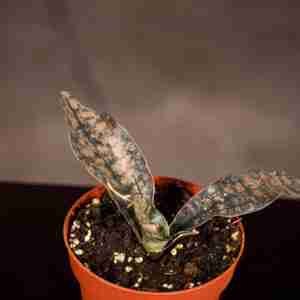
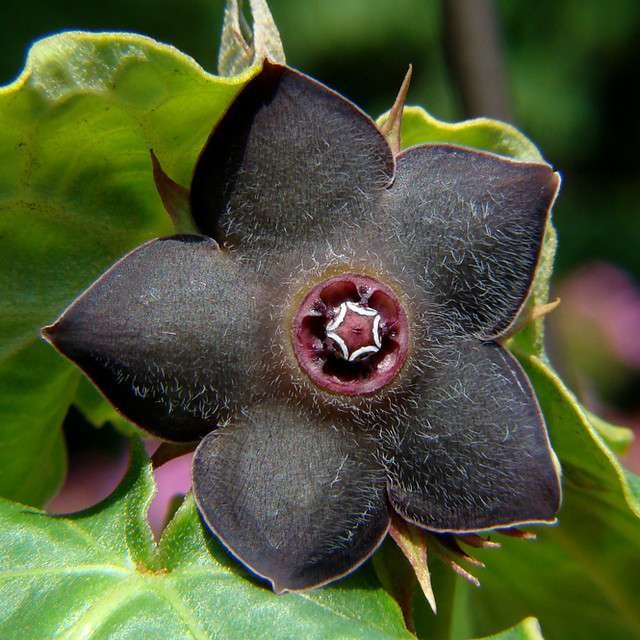
Reviews
There are no reviews yet.